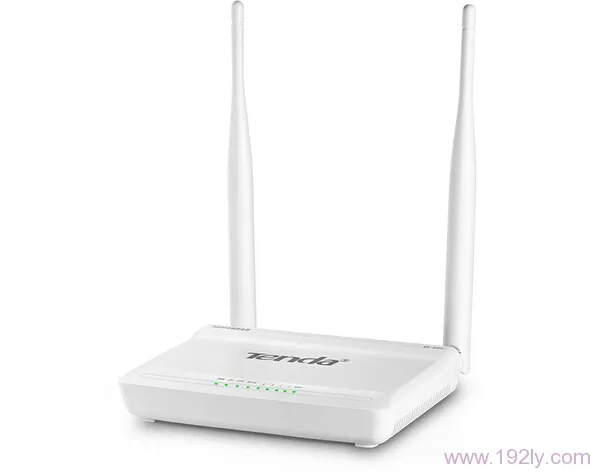在Java中,创建线程有两种主要方法:
- 继承Thread类
- 实现Runnable接口
下面是两种方法的示例:
方法1:继承Thread类
// 创建一个名为MyThread的类,继承自Thread类
class MyThread extends Thread {
@Override
public void run() {
// 在这里编写你的线程代码
System.out.println("线程正在运行...");
}
}
public class Main {
public static void main(String[] args) {
// 创建MyThread对象
MyThread myThread = new MyThread();
// 启动线程
myThread.start();
}
}
方法2:实现Runnable接口
// 创建一个名为MyRunnable的类,实现Runnable接口
class MyRunnable implements Runnable {
@Override
public void run() {
// 在这里编写你的线程代码
System.out.println("线程正在运行...");
}
}
public class Main {
public static void main(String[] args) {
// 创建MyRunnable对象
MyRunnable myRunnable = new MyRunnable();
// 创建Thread对象,将MyRunnable对象作为参数传递
Thread thread = new Thread(myRunnable);
// 启动线程
thread.start();
}
}
另外,从Java 5开始,还可以使用Lambda表达式简化代码:
public class Main {
public static void main(String[] args) {
// 使用Lambda表达式创建线程
Thread thread = new Thread(() -> System.out.println("线程正在运行..."));
// 启动线程
thread.start();
}
}
以上就是在Java中创建线程的三种方法。

 便宜VPS测评
便宜VPS测评











